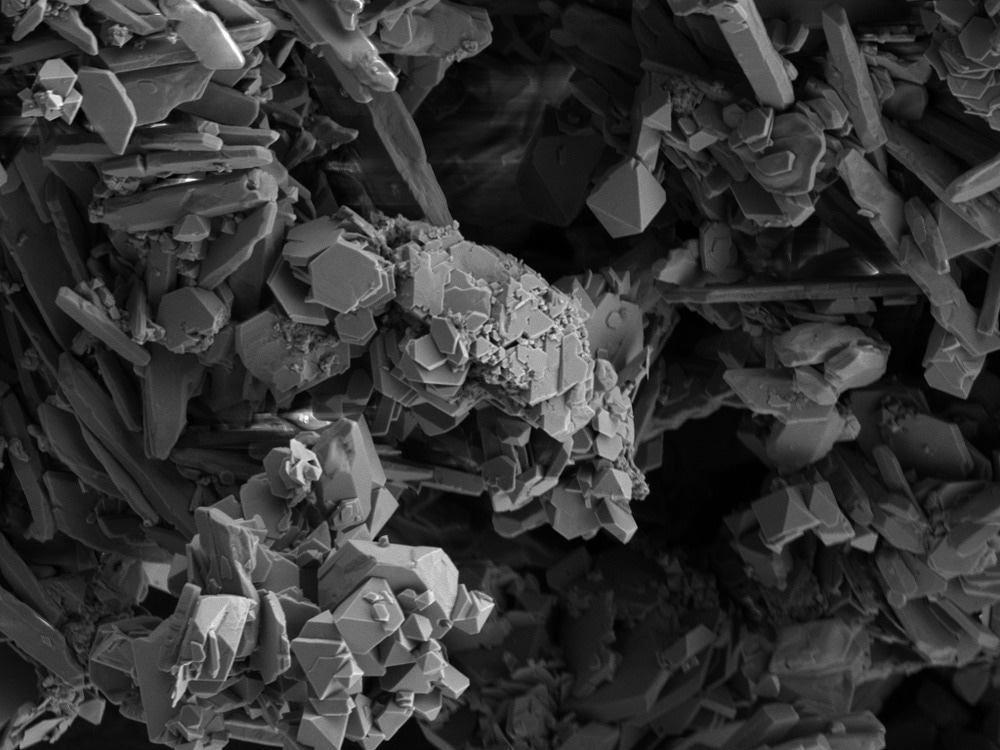Quantum theory is used in a variety of microscopy techniques. Quantum microscopy enables the measurement and imaging of tiny features of matter and quantum particles. This article provides an overview of how quantum microscopy can drive the future of sensing and imaging.

Image Credit: Ravenash/Shutterstock.com
Modern research extensively uses optical microscopy and spectroscopy in various fields, from fundamental physics to chemistry, material science, and life sciences. It is fascinating to see how advances in understanding light properties have prompted new imaging applications over time.
First and Second Quantum Revolutions
Understanding diffraction and interference requires considering light as a wave. At the beginning of the twentieth century, the basic realization that light exists as discrete energy units called quanta sparked the first quantum revolution, which built the whole laser and photonics industry. In the second quantum revolution, quantum states that can display entanglement and superposition are used for quantum technology applications. Due to these new findings, various innovative sensing and imaging methods are now feasible.
How Quantum Microscopy Can Overcome Limitations of Conventional Imaging Systems
One approach to overcoming some of the constraints of conventional imaging systems, where entanglement plays a key role, is to use the quantum features of light. The energy, momentum, and position correlations of the entangled photon pairs are particularly important. They enable imaging and spectroscopy in spectral bands where effective detection is not feasible.
Beyond classical restrictions like the shot noise level, sensing and imaging become conceivable by employing certain quantum states of light and associated photon number statistics. Additionally, two-photon fluorescence microscopy may be performed at very low light intensities when using quantum light, opening up new perspectives for photosensitive biological probes.
Imaging Biological Samples
There are several ways to go beyond the traditional restrictions of sensitivity and resolution in optical microscopy, thanks to the principles of quantum optics. Imaging a biological sample has remained difficult despite using several concepts in proof-of-concept tests, primarily because of the intrinsically weak signal recorded and the fragility of quantum states of light. However, in theory, these quantum protocols may increase the capabilities of current super-resolution methods by introducing new information without erasing the conventional information.
Quantum Optical Interferometry
Bright sources of entangled photons have sparked a revival in quantum optical interferometry. Quantum metrology, quantum computing logic gates, quantum lithography, quantum cryptography and quantum teleportation are some of the unique concepts related to quantum entanglement that have been implemented using optical interferometry to test the fundamentals of quantum mechanics.
In order to overcome the shot-noise limit in quantum metrology, new techniques have been developed. For example, these techniques may be employed in fiber optical gyroscopes and sensors for biological or chemical targets. Furthermore, imaging techniques like LIDAR and optical lithography may surpass the Rayleigh diffraction limit by using this entanglement.
Recent Developments
Quantum Image Scanning Microscopy (Q-ISM)
Image scanning microscopy (ISM) is a new super-resolution technique that improves reliable resolution without lowering the signal intensity. Recently, researchers developed quantum image scanning microscopy (Q-ISM), which increases the resolution of ISM up to twofold, four times above the diffraction limit, by combining ISM with the measurement of quantum photon correlation. They developed the Q-ISM concept and used photon antibunching, a quantum phenomenon, as a resolution-enhancing contrast mechanism to produce super-resolved optical pictures of a biological material dyed with fluorescent quantum dots.
Van der Waals Sensors
A quantum microscope platform created by University of Technology Sydney (UTS) researchers provides new techniques to examine material characteristics and physical processes.
Due to their propensity to react to electromagnetic fields or other stimuli, quantum sensors based on diamond nitrogen-vacancy centres are recognized as potentially sensitive devices for monitoring specific physical attributes. However, reliance on quantum defects housed in stiff 3D crystals like diamond has made it challenging to interact intimately with a sample when employing solid-state spin sensors as microscopy tools up to this point.

Image Credit: metamorworks/Shutterstock.com
Instead of a larger crystal, this novel method takes advantage of point flaws embedded inside a tiny layer of hexagonal boron nitride (hBn). As a van der Waals substance, hBn comprises weaker-hold material layers in two dimensions. As a result, Van der Waals sensors might make it possible to use a quantum microscopy method on materials and targets that were not previously reachable.
Future Prospects
Quantum microscopy enables the measurement and imaging of tiny features of matter and quantum particles. Due to quantum microscopy, several novel sensing and imaging techniques are now possible. The specifics covered in this article strongly imply that quantum microscopy will play a significant part in future sensing and imaging. The development of technologies like hBN-based quantum microscopes and quantum image scanning microscopy has the potential to enhance resolution significantly. Future MRI and NMR imaging of chemical processes, as well as imaging and remote sensing applications, may all be done using hBN-based quantum microscopes.
More from AZoOptics: What are Fiber Optic Microendoscopes?
References and Further Reading
Gilaberte Basset, M., Setzpfandt, F., Steinlechner, F., Beckert, E., Pertsch, T., & Gräfe, M. (2019). Perspectives for applications of quantum imaging. Laser & Photonics Reviews. https://onlinelibrary.wiley.com/doi/pdfdirect/10.1002/lpor.201900097
Healey, A. J., Scholten, S. C., Yang, T., Scott, J. A., Abrahams, G. J., Robertson, I. O., ... & Tetienne, J. P. (2022). Quantum microscopy with van der Waals heterostructures. Nature Physics. https://www.nature.com/articles/s41567-022-01815-5
Jonathan P. Dowling and Kaushik P. Seshadreesan (2015) Quantum Optical Technologies for Metrology, Sensing, and Imaging. Journal of Lightwave Technology. https://opg.optica.org/jlt/abstract.cfm?URI=jlt-33-12-2359
Quantum microscopy prototype points to novel sensing and imaging (2022) Optics.org. Available at: https://optics.org/news/13/11/13 (Assessed: November 28, 2022)
Tenne, R., Rossman, U., Rephael, B., Israel, Y., Krupinski-Ptaszek, A., Lapkiewicz, R., ... & Oron, D. (2019). Super-resolution enhancement by quantum image scanning microscopy. Nature Photonics. https://arxiv.org/ftp/arxiv/papers/1806/1806.07661.pdf
Disclaimer: The views expressed here are those of the author expressed in their private capacity and do not necessarily represent the views of AZoM.com Limited T/A AZoNetwork the owner and operator of this website. This disclaimer forms part of the Terms and conditions of use of this website.